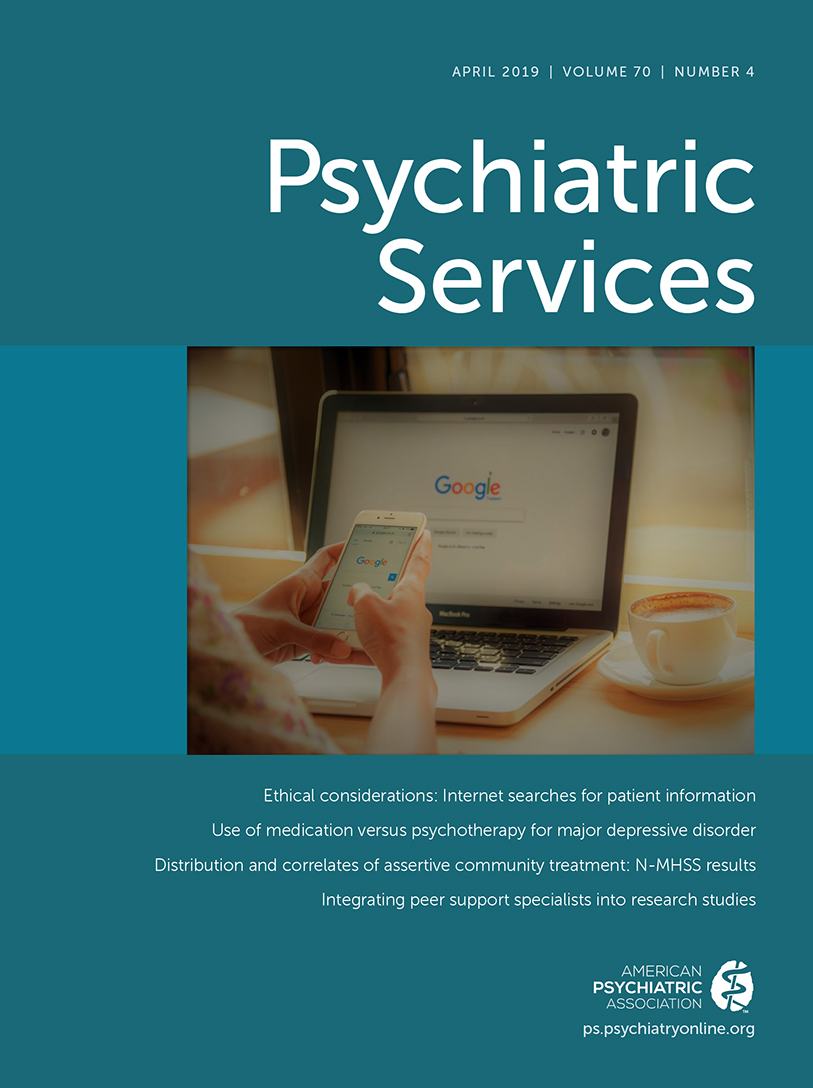The Effect of the Affordable Care Act on Uninsured Rates Among Individuals With Mental and Substance Use Disorders
Whether the Affordable Care Act (ACA), which expanded insurance coverage for millions of Americans, will remain in place remains in doubt, given the numerous legislative attempts to repeal and weaken it and current court cases questioning the legality of some of its core provisions. Given this uncertainty, it is important to have clear, concise information on how the ACA has affected individuals with mental and substance use disorders. In this column, I present 10-year trends in uninsured rates among individuals ages 12 or older with substance use disorders and among individuals ages 18 or older with a mental disorder.
The ACA insurance expansion began nationally in 2014. As shown in Figure 1, the uninsured rate for individuals with substance use disorders was 24% in each year between 2007 and 2013, then fell to 13% in 2016, a 45% decline (from 4.8 to 2.6 million individuals). Similarly, the percentage of individuals with a mental disorder who had no insurance fell from 21% in 2013 to 12% in 2016, a 39% decline (from 5.3 to 3.2 million individuals). Among all individuals ages 12 and older, uninsured rates also fell rapidly, from 15% to 9% (a decline of 38%).

FIGURE 1. Uninsured rates among individuals with a mental disorder or a substance use disorder and all individuals before and after ACA insurance expansiona
aACA, Affordable Care Act
The association between the ACA insurance expansion initiatives and increased insurance coverage among individuals with mental and substance use disorders was dramatic and highly likely to be causal. Insurance coverage generally results in less out-of-pocket spending, increased access to services, and better health outcomes (1, 2). Research on the effect of the ACA on access to and use of services by those with behavioral disorders is still emerging. Early results suggest that the ACA has improved access to mental health services but has had only a modest effect on use of substance use disorder treatment, perhaps because of the lack of adequate substance use disorder treatment capacity (3).
1 Does Health Insurance Make a Difference? OTA-BP-H-99. Washington, DC, US Congress, Office of Technology Assessment, Sept 1992Google Scholar
2
3 : Insurance coverage and treatment use under the Affordable Care Act among adults with mental and substance use disorders. Psychiatr Serv 2017; 68:542–548Link, Google Scholar



